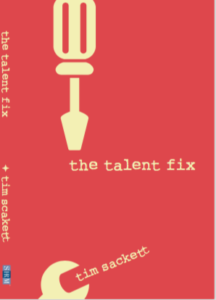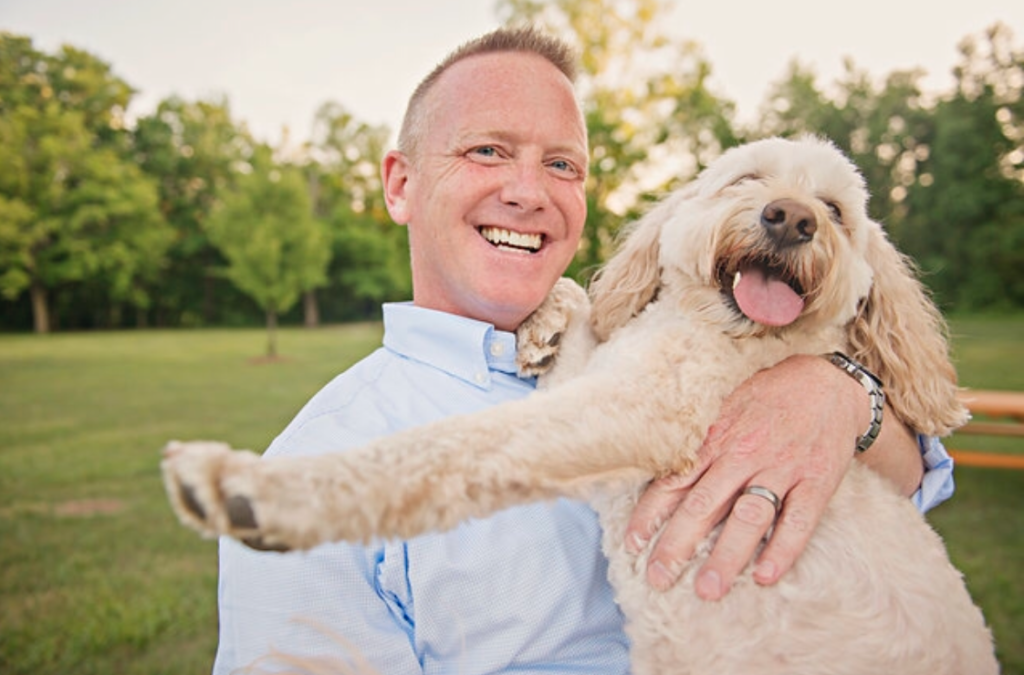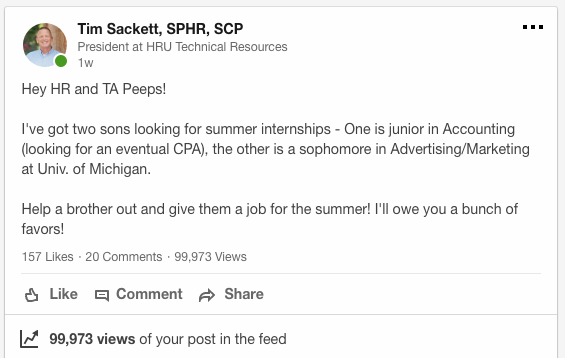I was recording a podcast last week with my friend and professional speaker, Jennifer McClure, last week for her new Impact Makers Podcast (check it out!). I won’t be for a while, but she has some great people she has already recorded including a brilliant session with William Tincup!
One of the secret ingredients to a well-produced podcast is that all the participants are somewhat ready for the conversation that is about to happen. So, Jen and I did some pre-gaming and post-gaming conversation that wasn’t recorded, and the topic of keynote speeches came up.
I was telling her that I had a new talk that I’m doing that is killing (speaker talk for doing well!) and I made a comment about it’s all just stories with bits of data thrown in to make the stories seem more important! (half joking) Jen commented saying, “That’s a blog post! The anatomy of a keynote!” So, here you go Jen!
Before I lay out the perfect keynote, you have to have some ingredients. Here’s the basic keynote ingredient list:
- A person who can speak. I would love to say an engaging person who can talk, but I’ve been to far too many conferences where this was a requirement to be a keynote!
- A book, working experience with a transcendent brand, or you’re famous. A book is always helpful, conference planners love to have keynotes with books. Books are like a driver’s license for a keynote speaker. But, you can also work Google or Facebook or Nike or just name a giant brand, and working for a brand like that takes the place of a book or your ability to speak.
- A price tag north of $20,000. You might be the most awesome speaker in the world, but if you tell them you’ll only charge $5,000, you’re out! Our conference deserves a much better keynote speaker than a $5,000 speaker, I mean we have a budget for $25K!
- It helps to be attractive, but the bigger the celebrity/brand the uglier you can be.
- Fashion that matches your speaking brand. If you’re a buttoned-up, semi-conservative speaker, you can’t get away with jeans and a hoodie on the keynote stage. If you cuss and drink a red bull and started a tech company and have a YouTube channel with 100K followers, you’ll look foolish wearing a suit and tie.
Okay, we have all the ingredients to a great keynote, what does the actual keynote look like? There are basically three types of keynotes:
Keynote #1 – I’m famous, you’re not! In America, especially, we are fascinated with ‘celebrity’. If you’re famous, you can keynote because somehow we believe you being famous gives you something important to say, even when it doesn’t.
The anatomy of Keynote #1:
– I’m famous!
– I have “being” famous stories!
– But I’m humble and I’m really just like you, but I’m famous!
– Here’s how you should live your life, because I’m famous!
Keynote #2 – I’m not famous, but I work(ed) for a famous brand/person. These keynotes can be fascinated because again we are all interested to know what the secret sauce is of other organizations, and our hope is this person will tell us.
The anatomy of Keynote #2 –
– I work for a famous brand, you don’t!
– Working for this famous brand is awesome! You should try it!
– Here’s what we do because we are a famous brand. You should try it!
– Here’s how you should live your life, because I work(ed) for a famous brand!
Keynote #3 – I’m a Professional Story Teller. A good portion of keynotes falls into this camp. Someone worked their butt off to learn how to be a professional speaker, paid their dues, probably wrote a book or two along the way, probably had a decent actual career to a point, people liked hearing them speak and they turned that into a full-time gig.
The anatomy of Keynote #3:
– Start with a story that will endear the audience to you, even if that story has nothing to do with you.
– Share some data or research, that might not even be yours, but the audience is like “Wow” that can’t be.
– Share another story (that isn’t even about you) that reinforces that data/research and ties to the concept of your new book that was written about other’s people research and stories.
– Another piece of research and data, that ties to the model you present in your book. Plus, acts as motivation for the audience to change something in their life.
– The final story, this is a big one (not yours, again), that you foreshadowed in the first story, and that will wrap up the entire keynote like a bow! This ending story is a crescendo of laughter, tears, and motivation to change your life in ways you didn’t dream of just sixty minutes before.
– Here’s how you should live your life, because I just entertained you for an hour and you have no idea why you want me to sign a book.
Okay, you guys know I love to joke and make fun of life. I get that it’s super hard and takes a ton of practice and talent to pull off a great keynote. I’ve seen keynotes that were brilliant and I know it’s a skill! I’ve also seen keynotes where the keynote speaker stole my time and the conference organizers money!
Great keynotes at any level start and end with great storytelling. The best tie those stories to an actual takeaway that will help you get better at something. That takeaway could be personal or professional, it doesn’t matter. The best keynotes also entertain you a bit. They are masters at almost instantly getting you to trust them and like them.
My least favorite keynotes are famous people. I’m not impressed by celebrity. The worst ones are the new Q&A’s with celebrities. It’s an insult to my intelligence that you’re getting paid $150K for an hour and you couldn’t even come prepared with an hour of material, instead, you just show up and we’ll ask pre-sent questions and listen to your lame answers.
My favorites are people you entertain me, teach me something, take me on a journey with them for an hour. It seems like the hour was over in twenty minutes. I want more. My all-time favorite is Malcolm Gladwell. He’s a masterful storyteller and I could sit and listen for hours.
Who is your favorite all-time keynote speaker and why? Hit me in the comments!





